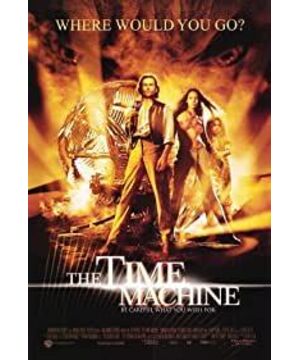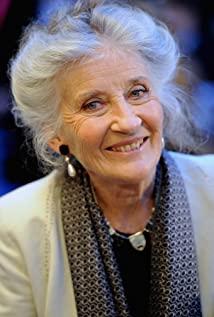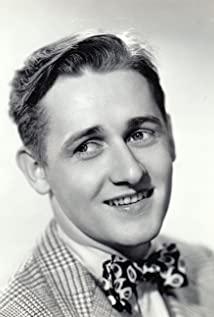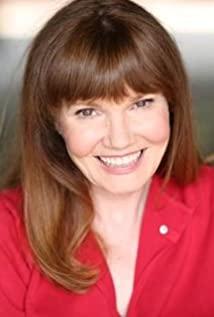The Time Machine Shooting process
2022-04-18 17:34
Simon Wells, who is good at shooting cartoons, is no stranger to the design work of the Morlocks in the film. He personally completed the character sketches and then gave them to the special effects makeup artist Stan Winston. Due to the unique structure of the skull and the position of the mouth and eyes of the Morlocks, it is impossible for Stan Winston to implement it on the actor through simple makeup. Special effect makeup artists create electronic faces that can move eyebrows, eyes, lips and chin to complete various facial expressions. Each of the final Morlock faces has 32 servers, which need to be operated by three technicians. Because Morlock’s eyes are fake eyes, actors acting as Morlocks must learn about the situation outside through the black and white images transmitted by the miniature camera hidden in the nose. Morlock costumes are made according to the body molds of each actor. The entire foam rubber costume weighs about 27 pounds. Even for stunt doubles, wearing this costume to complete the performance is not a small challenge.
When designing the world of the Yiluo, Simon Wells and the film's art director Oliver Scoul listened to Steven Spielberg's advice. Because the Morlocks live in darkness, Steven Spielberg believes that the Roy should live in a place facing the sky, sunlight, and freedom. In order to turn his vision into reality, Oliver, who was desperate for inspiration, came up with a design plan to build a nest on a cliff.
The Yiluo village in the film is located on the cliff above the river bed. Studio 16 of the Warner Bros. Studio is responsible for building the Yiluo village. The studio is 98 feet high. With the help of the huge space of the studio, the crew created a 65-foot-high waterfall on the cliff set, and used an irrigation pump and two upper and lower water tanks to create a spectacular effect of flying down.
The time machine is undoubtedly the focus of the film's design. It is directly derived from the time machine in "The Great Shift in Time and Space". Wells first gave the computer designer the concept sketch that he and Scoul completed together, and asked him to complete a three-dimensional digital model on the computer to observe how each part works, and then let the model technician make a scale model for use To improve the design, all changes will be fed back to the computer designer, and the digital model will be further revised. After that, the set designer will join in, add chronological details, and the final blueprint will be completed. When the 10-foot-6-inch and 6000-pound time machine was presented to the crew, all the cast and crew were shocked. A total of 3 tons of aluminum and polycarbonate were used to create the effect of making brass and glass in the time machine.
In the special effects part, it is worth mentioning that the film deliberately uses large-scale, detailed special models to weaken the status of 3D computer calculations, and a special studio is built in Manhattan's Central Park. The studio here was opened at the end of 2000 and was not demolished until the end of the filming work. It was kept in Central Park for nearly a year, making it almost a fixed spot in the local area.
Extended Reading
Top cast
-
Über-Morlock: Come a little closer, I don't bite.
-
Teacher: Tommy, you stop what you're doing, or I will resequence your DNA, so help me.











